Navigating the Landscape of Vanity Height: A Comprehensive Guide
Related Articles: Navigating the Landscape of Vanity Height: A Comprehensive Guide
Introduction
With great pleasure, we will explore the intriguing topic related to Navigating the Landscape of Vanity Height: A Comprehensive Guide. Let’s weave interesting information and offer fresh perspectives to the readers.
Table of Content
- 1 Related Articles: Navigating the Landscape of Vanity Height: A Comprehensive Guide
- 2 Introduction
- 3 Navigating the Landscape of Vanity Height: A Comprehensive Guide
- 3.1 Understanding the Importance of Vanity Height
- 3.2 Determining the Ideal Vanity Height
- 3.3 Recommended Vanity Heights
- 3.4 Tips for Choosing the Right Vanity Height
- 3.5 FAQs Regarding Vanity Height
- 3.6 Conclusion
- 4 Closure
Navigating the Landscape of Vanity Height: A Comprehensive Guide
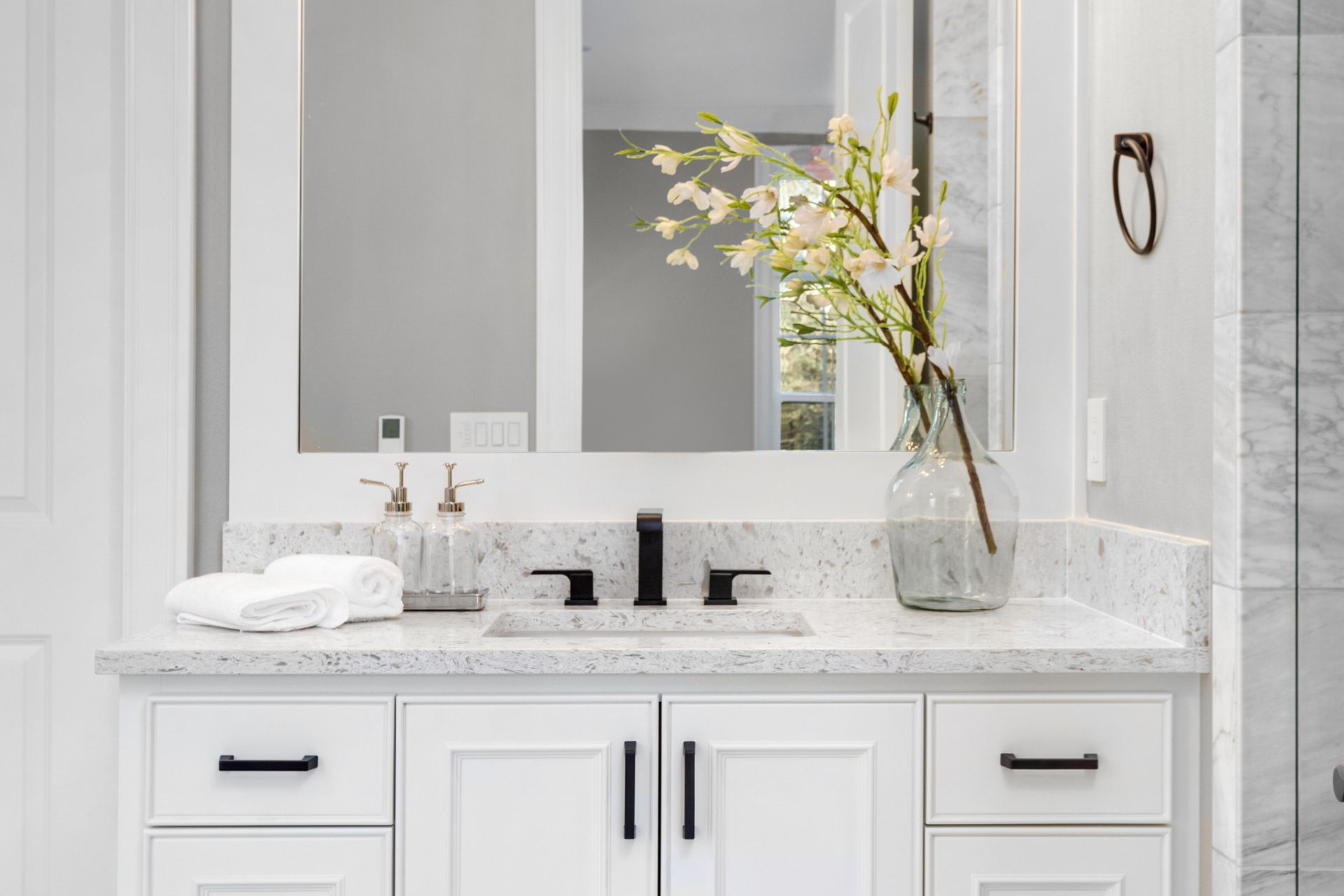
The term "vanity height" refers to the optimal placement of a bathroom vanity, specifically its countertop, relative to the floor. This seemingly simple measurement holds significant weight in bathroom design, impacting both functionality and aesthetics. While there is no single, universally agreed upon standard, a range of factors contribute to determining the ideal vanity height for a particular space and user.
Understanding the Importance of Vanity Height
The primary goal of a well-designed bathroom vanity is to provide a comfortable and functional space for daily hygiene routines. This includes tasks such as washing hands, brushing teeth, applying makeup, and shaving. An improperly placed vanity can lead to discomfort, strain, and even injuries over time.
Here’s how vanity height impacts user experience:
- Ergonomics: A correctly positioned vanity allows for a natural posture while performing tasks, reducing strain on the back, neck, and shoulders. This is particularly crucial for individuals with limited mobility or physical limitations.
- Accessibility: A vanity that is too high can be inaccessible for individuals with mobility challenges, while one that is too low can be awkward and uncomfortable to use.
- Functionality: The height of the vanity affects the ease of access to sinks, storage compartments, and other features. A well-designed vanity ensures that all elements are within comfortable reach.
- Aesthetics: Vanity height plays a significant role in the overall visual appeal of the bathroom. A vanity that is too high or too low can disrupt the balance and flow of the space.
Determining the Ideal Vanity Height
The ideal vanity height is not a one-size-fits-all solution. Several factors must be considered to ensure optimal comfort and functionality:
- User Height: The height of the primary user is the most critical factor. Ideally, the countertop should be positioned at a height that allows for a slight bend in the elbows when standing with arms relaxed.
- Sink Depth: The depth of the sink influences the overall height of the vanity. A deeper sink requires a taller vanity to maintain a comfortable handwashing experience.
- Countertop Thickness: The thickness of the countertop impacts the overall height of the vanity. Thicker countertops will result in a taller vanity.
- Storage Needs: The height of the vanity may be adjusted to accommodate specific storage requirements, such as drawers or cabinets.
- Bathroom Size: The overall size of the bathroom and the layout of other fixtures can influence the ideal vanity height.
Recommended Vanity Heights
While there is no definitive standard, a general guideline for vanity height is between 32" and 36" from the floor to the countertop. This range accommodates the majority of users and allows for a comfortable experience.
- 32" – Suitable for individuals with shorter stature or who prefer a lower countertop.
- 34" – Considered the standard height for most adults.
- 36" – Ideal for taller individuals or those who prefer a higher countertop.
However, these are merely starting points. It is crucial to consider individual needs and preferences when determining the optimal vanity height for a specific bathroom.
Tips for Choosing the Right Vanity Height
- Measure the user’s height: Stand with arms relaxed and measure the distance from the floor to the elbow crease. This measurement provides a good starting point for determining the ideal vanity height.
- Consider the sink depth: Deeper sinks require a taller vanity to maintain a comfortable handwashing experience.
- Factor in the countertop thickness: Thicker countertops will result in a taller vanity.
- Think about storage needs: If drawers or cabinets are needed, consider the height required to accommodate them.
- Visualize the overall layout: Consider the placement of other fixtures and ensure that the vanity height complements the overall design of the bathroom.
FAQs Regarding Vanity Height
Q: Can I adjust the height of an existing vanity?
A: While it is possible to adjust the height of an existing vanity, it may require significant modifications. Adding legs or shims can raise the vanity, while cutting down the legs can lower it. However, these modifications may affect the stability and aesthetics of the vanity.
Q: What is the ideal vanity height for a small bathroom?
A: In a small bathroom, it is essential to maximize space and functionality. Consider a vanity with a compact design and a height that balances accessibility with the overall layout.
Q: Is there a difference in vanity height for different bathroom styles?
A: While there is no set standard for different bathroom styles, the overall design aesthetic can influence the choice of vanity height. For example, a traditional bathroom may favor a taller vanity with ornate detailing, while a contemporary bathroom may prefer a sleek, minimalist design with a lower countertop.
Q: What about vanity heights for children’s bathrooms?
A: For children’s bathrooms, it is essential to select a vanity height that is comfortable and safe for young users. A lower vanity with a smaller sink is ideal for children who are still developing their fine motor skills.
Conclusion
The choice of vanity height is a crucial aspect of bathroom design, impacting both functionality and aesthetics. While there is no single standard, a combination of factors, including user height, sink depth, countertop thickness, and storage needs, should be considered when determining the optimal height. By taking these factors into account, homeowners can ensure a comfortable, functional, and visually appealing bathroom experience.
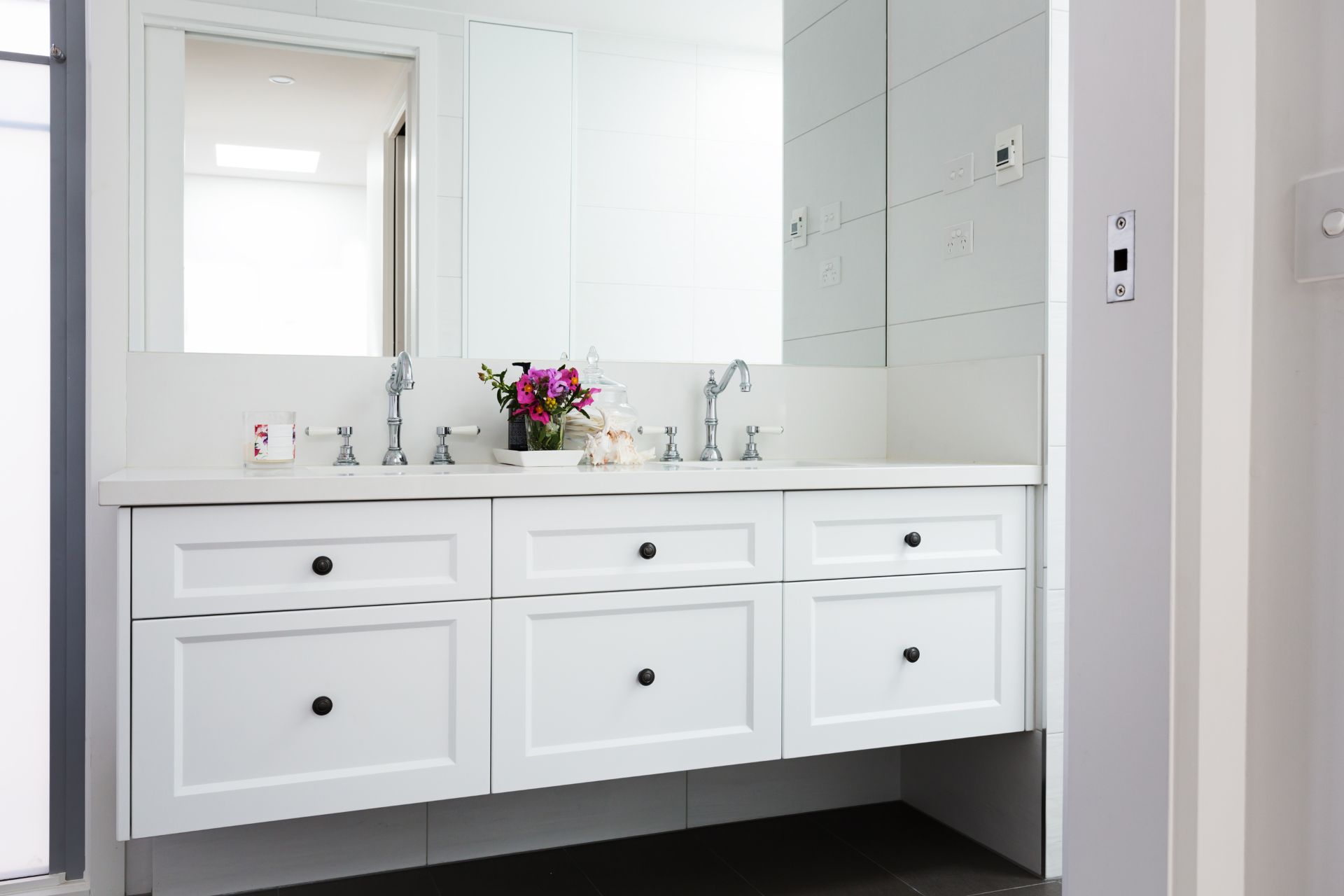
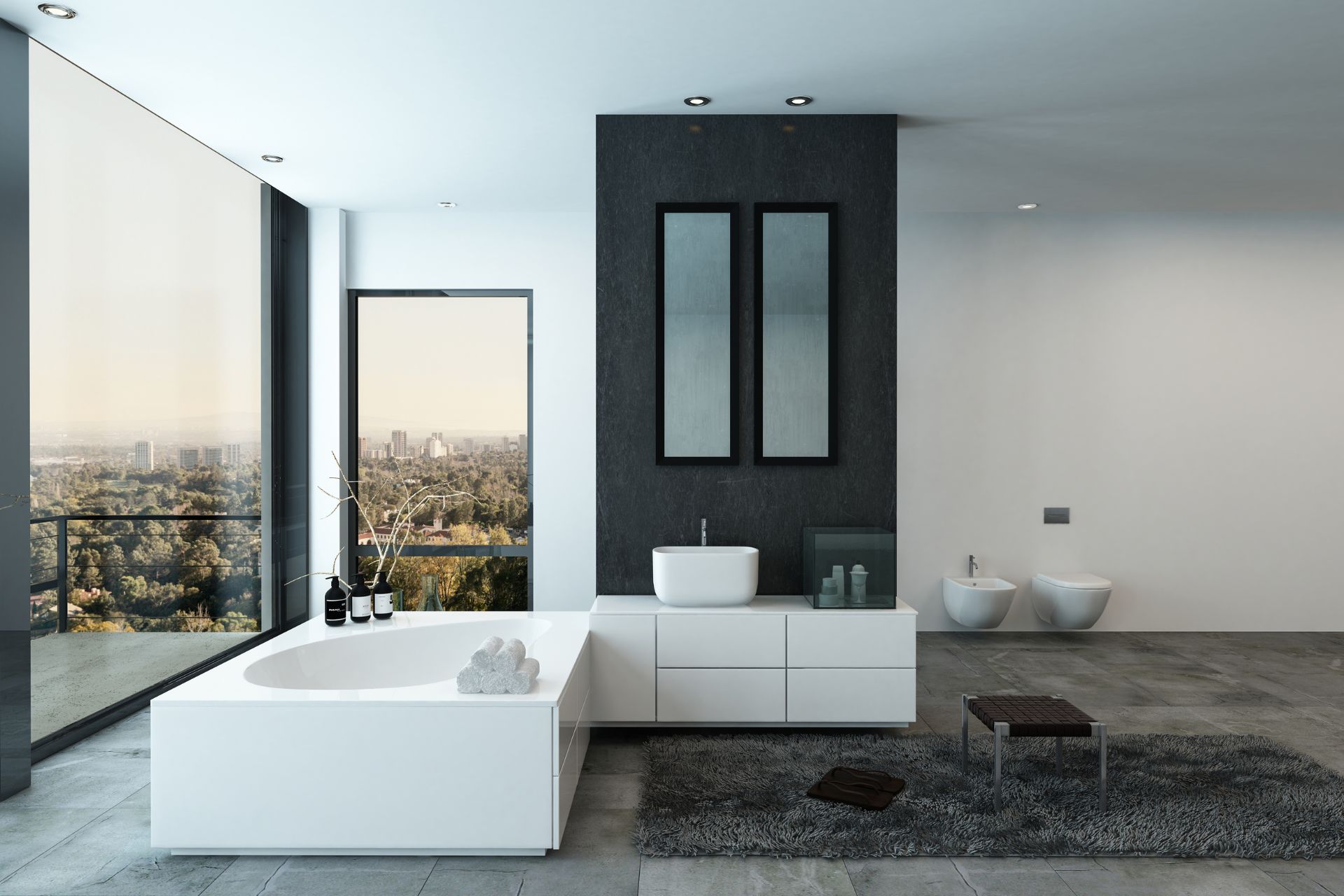

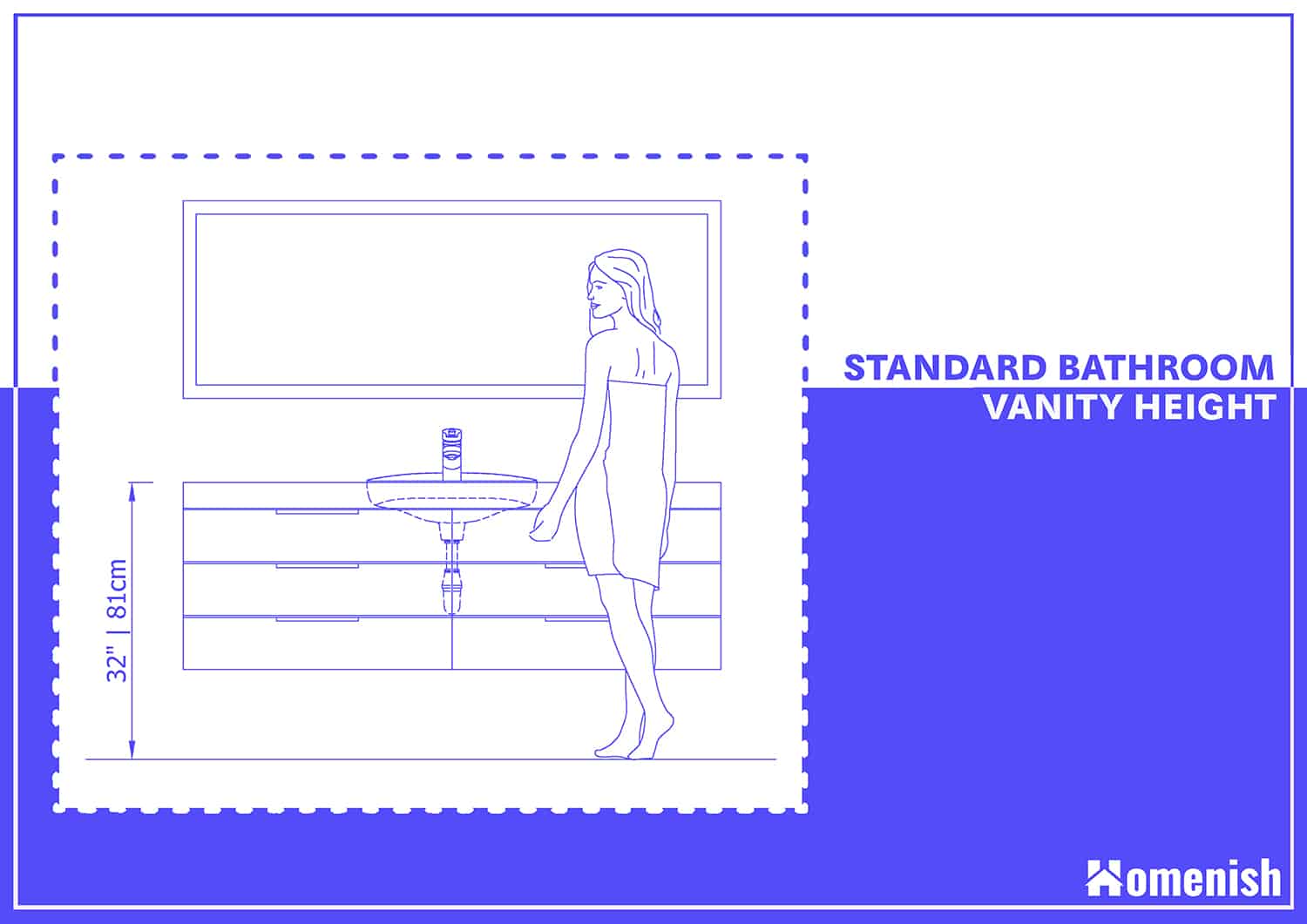
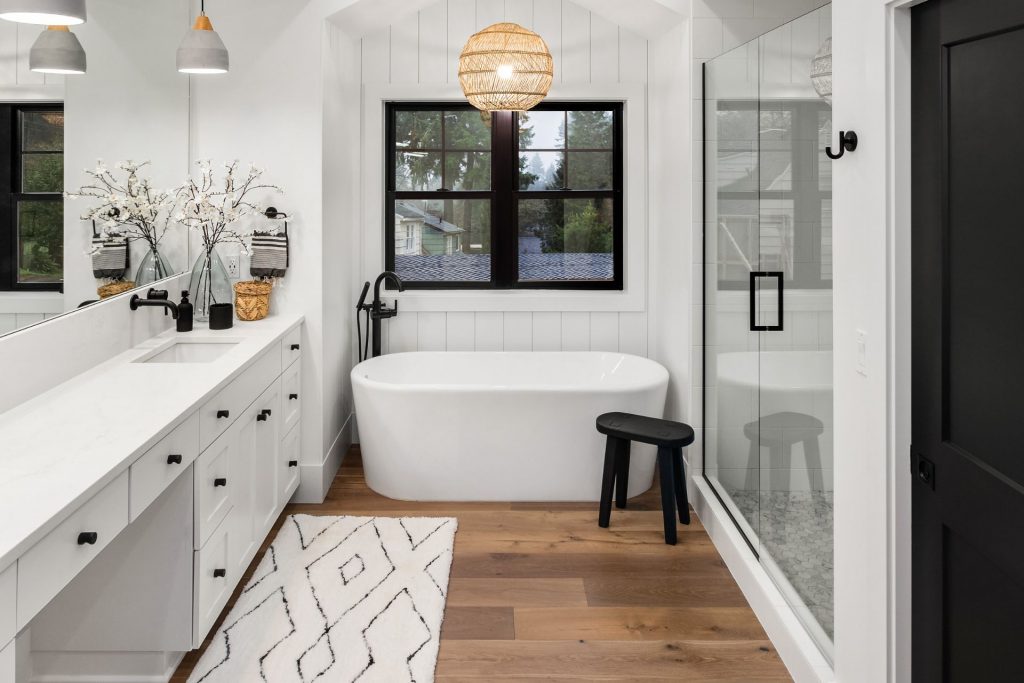



Closure
Thus, we hope this article has provided valuable insights into Navigating the Landscape of Vanity Height: A Comprehensive Guide. We hope you find this article informative and beneficial. See you in our next article!